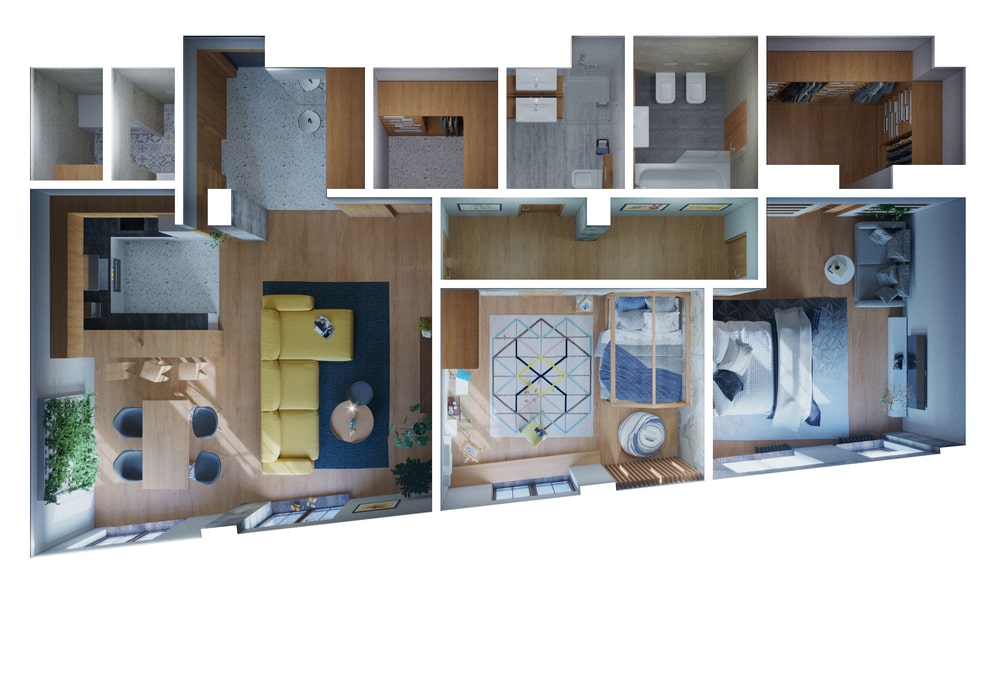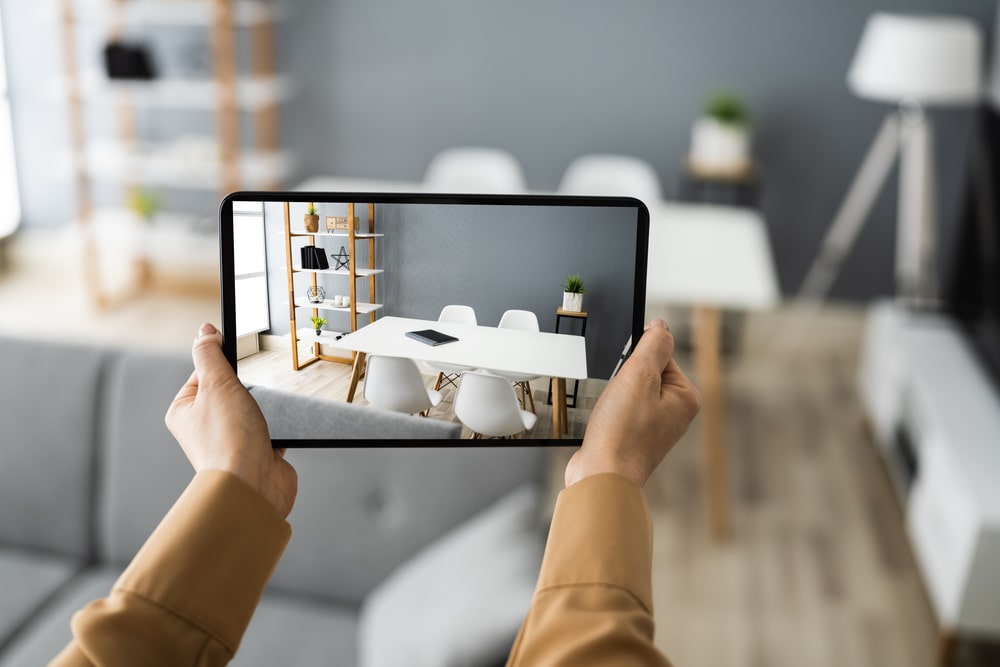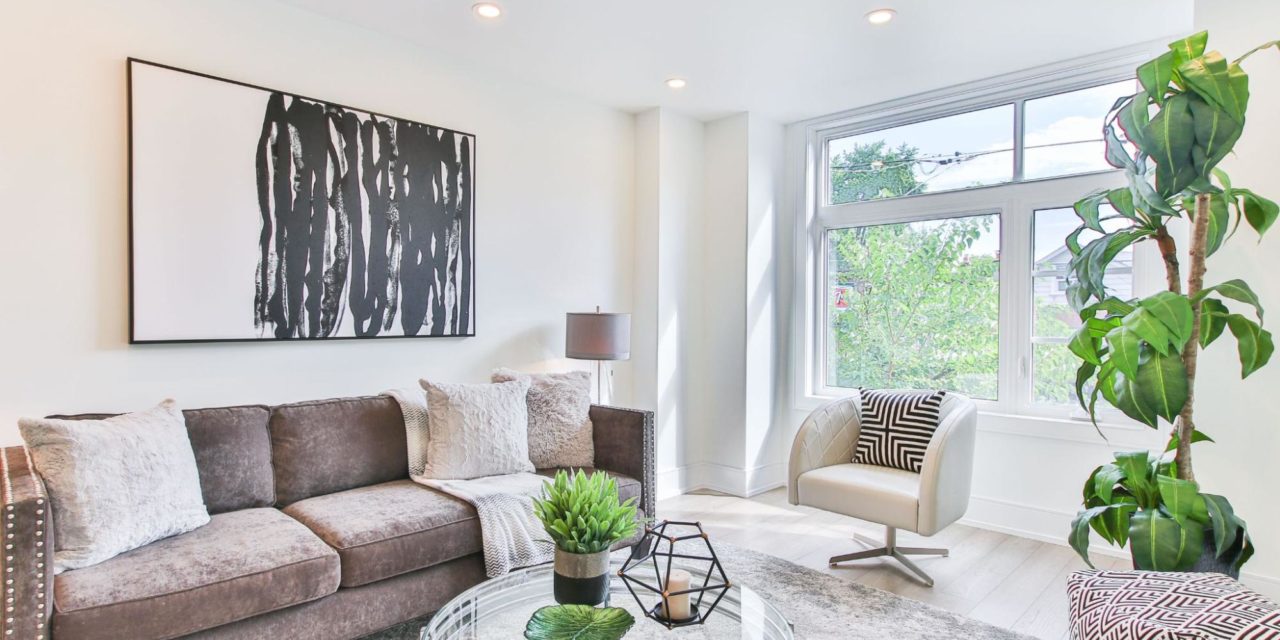Home staging can be an effective marketing tactic to attract buyers. However, as a real estate agent, home staging might be one of the more challenging aspects of your services. Staging a house can be expensive and invasive, especially if the owners still live on the property. In this guide, our team at Local Leader® discusses professional home staging tips and ideas you can implement without draining your budget.
What Is Home Staging?

The term “home staging” comes from “setting the stage” and involves all the steps necessary to prepare a property for the market. Traditionally, staging a home involves thorough cleaning, furniture rearrangements, and redecorating.
When staging a house, your objectives should be to clean the property and make it “move-in ready.” For example, if a house has clutter, prospective buyers might view the decluttering process as a barrier preventing them from taking ownership of the property.
Staging Properties – Home Staging Costs
Various factors affect the cost of a home staging project. The staging process is relatively straightforward and cost-effective if a house is in mint condition. Moving around furniture and reorganizing storage spaces don’t cost anything.
However, if extensive cleaning and furniture replacements are necessary, the staging process costs can be high. Drawing up a budget is crucial to ensure that staging the house makes financial sense.
How to Stage a House for Sale
If you want to stage a property that you are marketing, you can either hire a professional or stage the property yourself. You can also involve the property owner, as the staging process will make it easier to sell the property, and they can generate higher returns from the sale.
The sections below discuss cost-efficient home staging tips you can implement to help prospective buyers envision themselves living in the property.
Staging House Tips and Tricks

1. House Staging – Start With the Basics
Basic improvements can greatly improve a property’s curb appeal. Low-cost upgrades to consider include:
- Pressure washing all walls, driveways, walkways, roof sections, and siding
- Repainting the interior and exterior walls and front door
- Mowing the lawn, laying new mulch, and removing all exterior clutter
- Replacing the mailbox and house numbers
- Planting greenery or shrubs in flower beds and window boxes
When painting walls or other structural elements, use neutral tones that match the property’s design style.
2. Clean All Bathrooms
Cleaning all bathrooms is integral to the staging process. Remove all mold, mildew, water damage, and hard water. If necessary, hire a professional to remove the mold and repair the wall damage.
Replace all mats, shower curtains, and laundry hampers, and stick to luxury materials with neutral tones. As a finishing touch, add high-quality white towels and soaps. You should also ensure that no unpleasant odors are lingering in the bathroom.
3. Stage One Bedroom as a Home Office
As a rule, the more bedrooms a house has, the better. However, people are increasingly working remotely, and a home office can be a unique selling point.
Choose one bedroom to stage as a home office with a desk, computer, and coffee table. Ideally, this room should be more secluded from the rest of the house, with plenty of natural light and convenient access to the kitchen.
4. Find the Optimal Furniture Placement
The right furniture arrangement can create the illusion of ample interior space. Move furniture away from the walls and into groups to establish traffic flow.
Experiment with different furniture arrangements until you find one that makes the room seem larger. In some cases, removing one or more furniture pieces might be necessary to prevent overcrowding.
5. Remove Personal Items
When staging a property, one of your objectives is to help prospective buyers decide if the house matches their lifestyle. However, the current owners’ photographs, artifacts, and certificates indicate that other people live in the house, making it difficult for viewers to imagine themselves living in the house.
Ask the property owners to remove these items and store them safely while the house is on the market.
6. Stage All Storage
Like bathrooms, available storage space can significantly impact the potential buyer’s decision. You can stage closets, cupboards, and cabinets by removing all clutter and cleaning them thoroughly.
Use solutions such as shoe racks and baskets to organize the available storage space. Organizing storage compartments allows buyers to see how much storage space is available for their clothing, kitchen utensils, and other items.
7. Make Sure the Property Smells Fresh
Household smells, such as cooking, pets, and mustiness, can create the impression of invisible dirt. While a thorough cleaning can go a long way to ensure that the house smells fresh, you should also take additional steps to ensure that the house is a pleasant environment.
For example, diffusers, scented candles, and potpourri are sources of pleasant aromas. A drop of vanilla essence on a hot stove element can make the property smell like a bakery.
8. Pet Dander – Get Rid of Allergens
Some people are sensitive to airborne pollutants, such as dust, pet dander, and mold spores. When someone who suffers from allergies enters a house with these contaminants, they might immediately experience discomfort. If the current property owners smoke or have pets, place a HEPA filter to eliminate all particles affecting the property’s indoor air quality.
9. Use Staging Software Tools
If you are marketing an empty house, use staging software to enhance your online listings. These photo-editing tools let you add images of furniture and decorative elements to your listing photos.
Staging software can help prospective buyers visualize the property as a living environment. Virtual staging software is an affordable alternative to physical staging and is an effective way to engage online buyers. Some leading tools are roOomy, iStaging, Real Tour Vision, Square Foot Productions, and Homestyler.
Staging House Tips – Final Thoughts
Implementing practical home staging tips can help you sell a property quickly. In some cases, a staging project can be an investment that increases the property’s resale value.
Generally, property owners are happy to cooperate during a staging process as they understand the benefits. If you are new to staging, partner with a professional and learn from their process.






